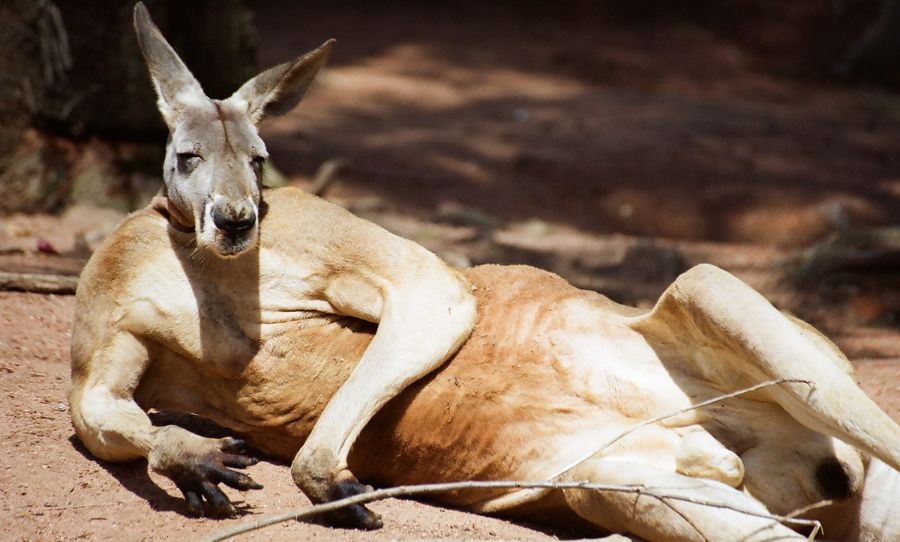Turns out, being a bit of a homebody 300,000 years ago could get you killed – especially if you were a giant kangaroo the size of a small car
New research has revealed that the now-extinct Protemnodon, a chunky member of Australia’s long-gone megafauna, wasn’t exactly bounding cross-country like some prehistoric road-tripper.
Instead, they stayed eerily close to home. And that, scientists say, may have sealed their fate.

In a study that basically hands Protemnodon its own prehistoric episode of Big Brother, researchers from the University of Wollongong, Queensland Museum, and University of Adelaide used mind-bending tech to track ancient roos like never before.
Using what’s been dubbed ‘palaeo-GPS’–think isotopic fingerprinting meets CSI meets David Attenborough–they discovered that these rainforest-dwelling beasts lived out their days in tiny pockets of what is now central Queensland.
“We expected them to have vast ranges like some of their modern cousins,” says lead researcher and PhD candidate Chris Laurikainen Gaete. “But they barely moved at all. They stayed in their leafy lane.”
The fossils, found in Mt Etna Caves just north of Rockhampton, show that while the modern kangaroo might be synonymous with wide-open hops across the outback, Protemnodon didn’t get the memo.

They lived and died in tight-knit patches of ancient rainforest—lush spaces that, over thousands of years, began to dry out and disappear thanks to sweeping climate shifts.
As the forests faded into dry scrubland, the Protemnodon stayed put. No migration. No dramatic survival arc. Just slow decline and local extinction, like a bad season finale no one saw coming.
“This is game-changing,” says Queensland Museum’s Dr Scott Hocknull. “With these techniques, we can trace what they ate, where they moved, who they hung out with–it’s like palaeo-surveillance. Suddenly, fossils aren’t just bones. They’re stories.”
Those stories might help settle the age-old debate about what exactly wiped out Australia’s once-roaring roster of megafauna.
Rather than a single catastrophic event or human arrival, it might’ve been death by a thousand subtle shifts—each species responding in its own doomed way.
As for what’s next, Laurikainen Gaete and his team are cracking open more dusty kangaroo secrets, this time zooming in on other extinct species, from tree kangaroos to pademelons, whose modern relatives still cling on in the Wet Tropics and Papua New Guinea.
So while Protemnodon might be long gone, the story isn’t over yet. And thanks to some seriously cool science, we’re finally giving these ancient roos the send-off they deserve–complete with a high-tech trail of breadcrumbs.
The full study, titled “Megafauna Mobility: Assessing the foraging range of an extinct macropodid from central eastern Queensland, Australia,” by Christopher Laurikainen Gaete, Anthony Dosseto, Lee Arnold, Martina Demuro, Richard Lewis, and Scott Hocknull, is available in PLOS ONE. Read it here.



